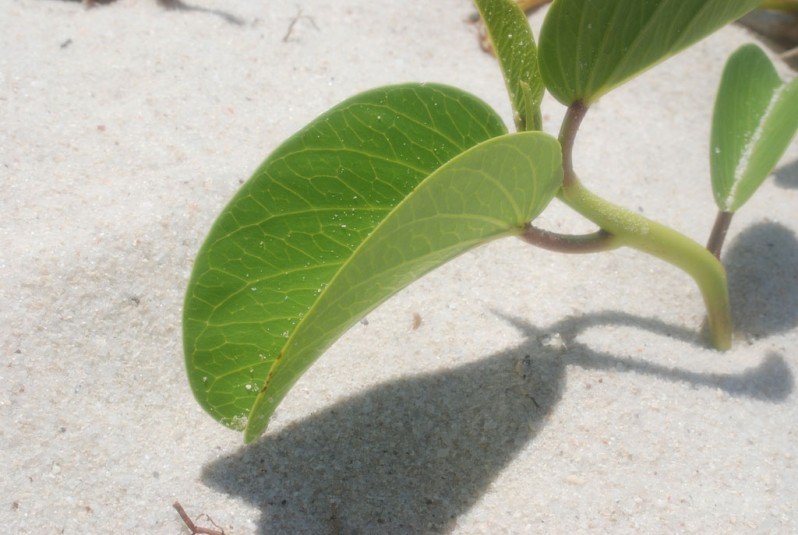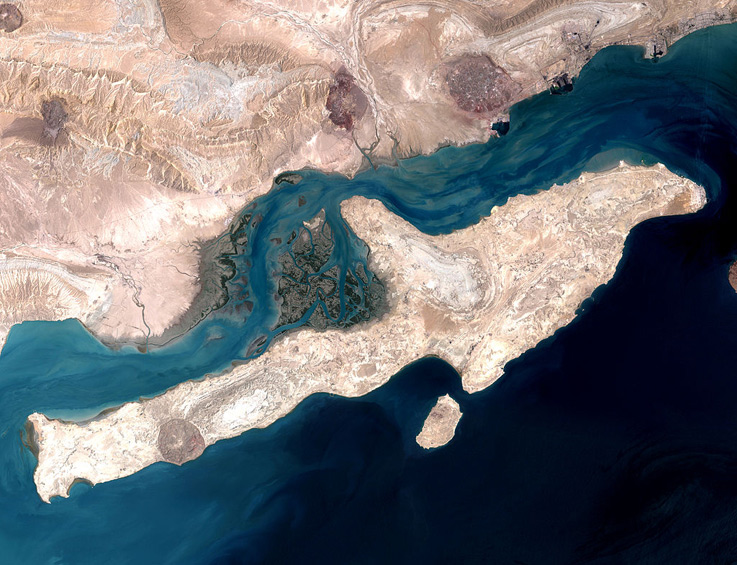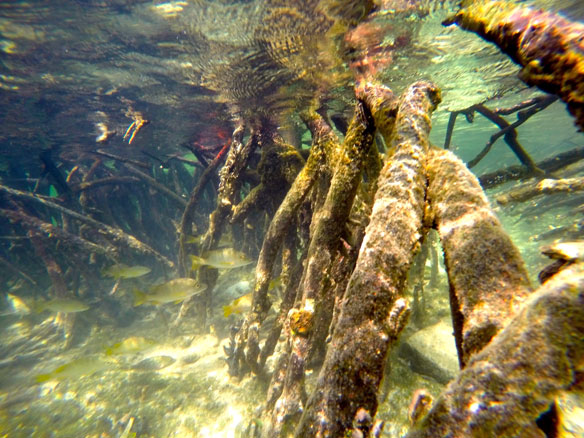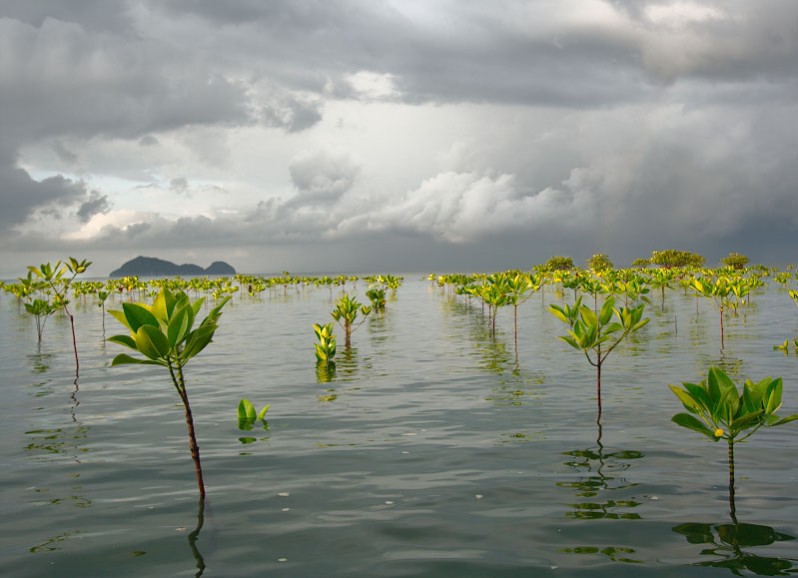Tanzania: Mangrove Project Bears Fruit

Thanks to a mangrove planting project, villagers have managed to protect their areas, where seawater had been regularly spilling over the farms destroying their crops, and conserve the environment by involving members of the public in planting mangroves.
Massive mangrove die-off on Gulf of Carpentaria worst in the world

Climate change and El Niño have caused the worst mangrove die-off in recorded history, stretching along 700km of Australia’s Gulf of Carpentaria. And last week it was revealed warm ocean temperatures had wiped out 100km of important kelp forests off the coast of Western Australia.
Mangroves Can Counter Ocean Acidification, Study Reveals

Researchers discovered that mangrove forests can buffer ocean acidification because they are known to increase the alkalinity of the waters surrounding these ecosystems. The alkaline solutions can counter acidification
In a Harsh Desert, a Watery Forest Survives

The mangroves of Qeshm Island, are uniquely adapted to their brutal surroundings, which are characterized by searing heat, little rainfall, and high salinity.
Queensland’s mangrove ecosystem dying in secret

There have been large scale diebacks of mangrove trees in the Gulf of Carpentaria. Scientists are not exactly sure what happened up there in the most remote areas of Queensland, but they know the damage is extensive and unprecedented.
Mangroves die-off in Queensland’s Gulf Country and Limmen Bight

Experts have been focusing on hundreds of kilometres of mangroves along the coast in Queensland, that have turned a ghostly white. Serious concerns about the situation, which is compared to coral bleaching happening on the Great Barrier Reef, which is the result of warmer ocean temperatures, are raised.
Students Reviving Mangrove Wetlands, Bahamas

Students participated in a pilot programme called the Bahamas Awareness of Mangroves (BAM), a project about mangrove education and restoration.
Endangered mangroves found in Cairns, Queensland

An endangered species of mangrove previously found only in Asia has been discovered in far north Queensland. Environmentalists hope the discovery of mangrove species in north Queensland will aid calls for greater protection of fragile wetlands.
Desert mangroves are major source of carbon storage, study shows

Short, stunted mangroves living along the coastal desert of Baja California store up to five times more carbon below ground than their lush, tropical counterparts, researchers have found. The new study estimates that coastal desert mangroves, which only account for 1 percent of the land area, store nearly 30 percent of the region’s belowground carbon.
